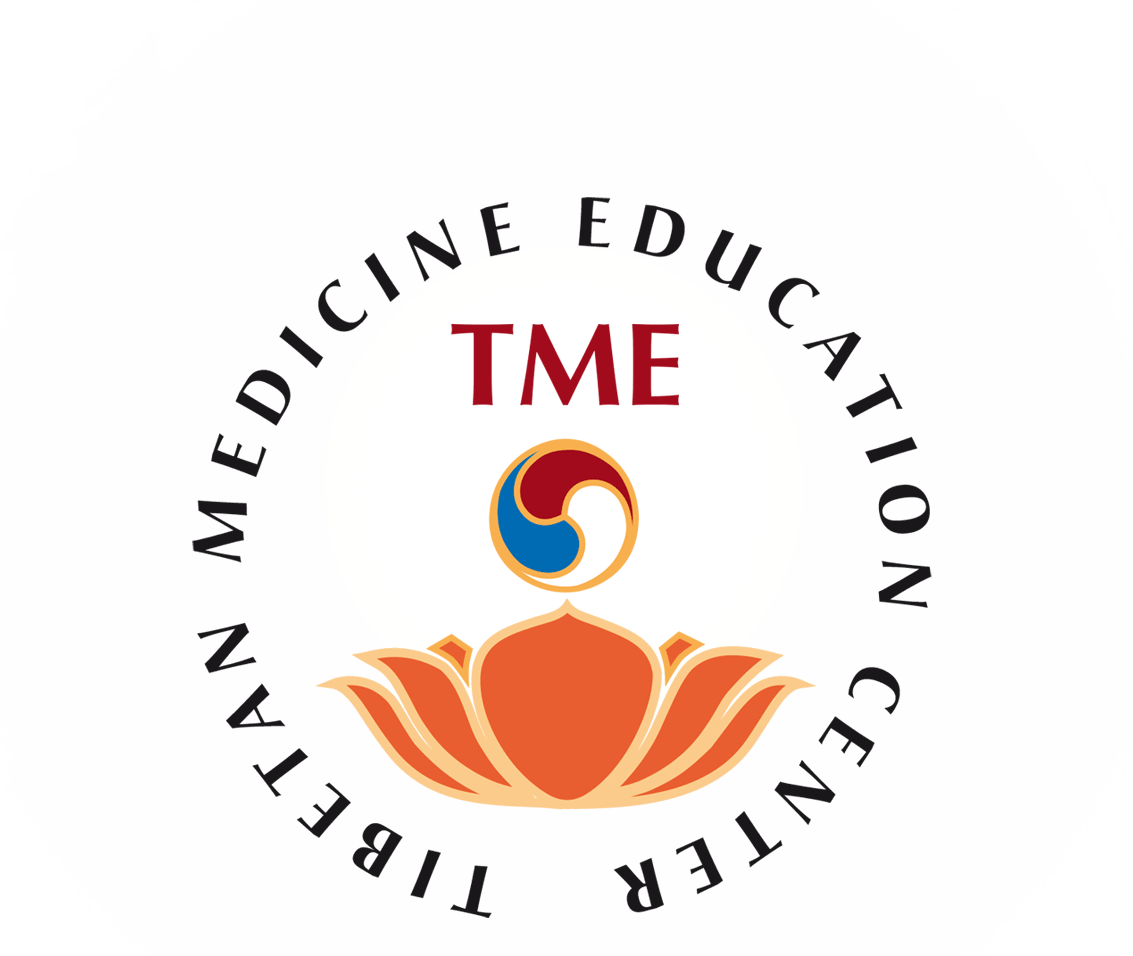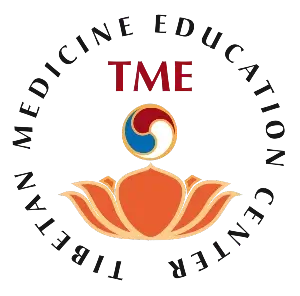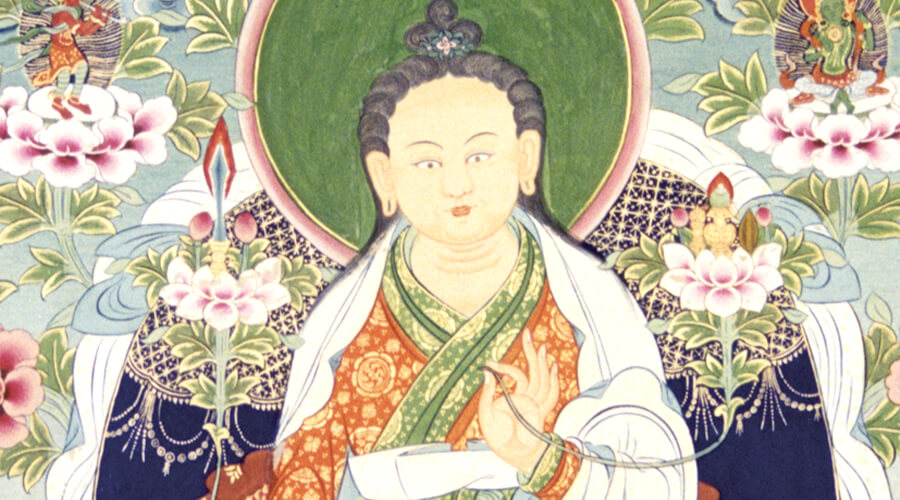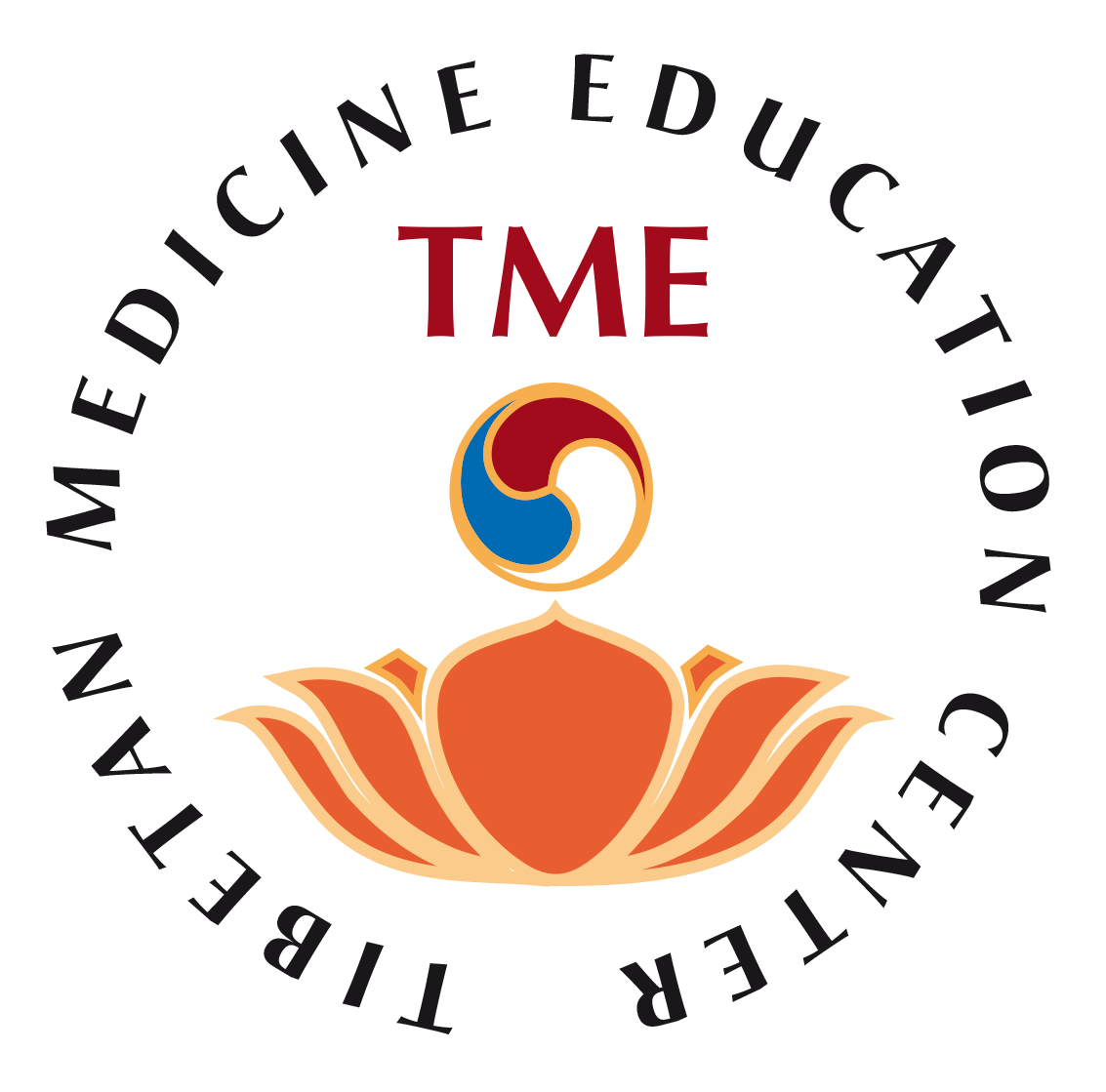Tibetan Medicine History
History of the Tibetan Medicine System
– Part 1
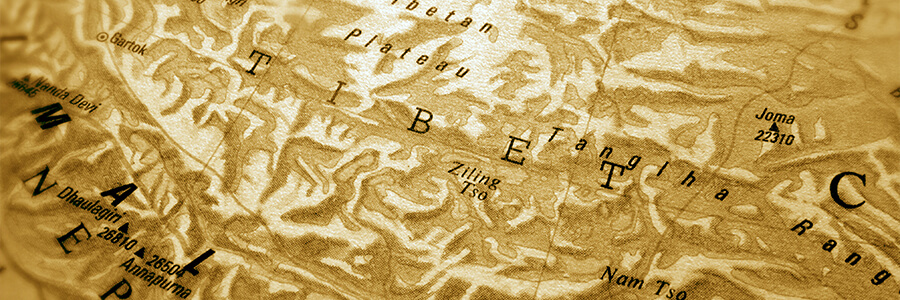
Dr. Pasang Y. Arya
I shall briefly explain the history of the Oriental Tibetan medical system. There are various conflicting accounts of its origin; some scholars say that it originated in India, other say it came from China, and some others who are very patriotic, say that it originated in Tibet itself. I would like to present my own views, avoiding the controversy concerning the spherical world and its evolution and destruction particularly with reference to the land of Tibet.
During the Neolithic age human beings lived on raw meat, fruits, plants and so on. They then domesticated the wild yak and developed the art of making dairy products; milk, butter and so forth; along with this, the art of healing severed blood vessels with molten butter and healing boils with the residual barley from making chang (beer) arose. Such techniques are known to have developed even in prehistoric times, indeed prehistoric people were knowledgeable about deitry disciplines which can be seen as the basis of the development of the art of healing.
At this point in the legend, there are accounts in the Bon texts that in Zhang Zhung, situated to the north of Mount Kailash near lake Manasrovar, which is the confluence of four great rivers, at ‘Olmo-Iung, the Lord Shenrab[1] is said to have taught his son dPyad-bu khri-shes the medical text known as sMan-‘bum dkarnag khra-gsum and others[2].
At the time of the first Tibetan king Nyatri Tsenpo’s (b.237 B.C./Baid’urya dkar-po) enthronement, he presented ‘six points of doubt’ in which it says: “ln the human realm below there are poisons, spirits, interfering spirits, mountain dweIIing spirits, divisive spells and wild yaks.” Bonpo Tsiblha Karma Yode replied- “theft must be repayed, there is medicine in poison, there is truth against falsity and so forth”[3]. Moreover the Elder Yuthok’s biography mentions that when Bi-Ji-Ga-Je questioned a Tibetan lady she replied, “According to the healing system there is need for a balanced diet, molten butter can repair wounds in the blood vessels and parents acts as physicians treating their children’s ailments and so on”[4]. It seems clear therefore that a medical system existed in Tibet from very early times.
ln the past Tibet had trade connections via silk route with its western neighbours Afghanistan, Iraq and Persia. During the reign of king Song Tsan Gampo three medical systems were introduced from the direction, which I shall explain in detail later. That the Tibetan or Bon medical system had a strong connection with the Greek medical system is evident from the fact that the Galen(ic) system of medicine was known in Tibet by the name “The Upper or Western Tibetan Medical System”. ln addition the theories concerned with the four elements, the four humours, rheumatism and so forth in the two systems are very similar[5]. Since the time of Song Tsan Gampo there were accounts in many medical texts of how various scholars were invited to Tibet from Persia. And just as Taxila used to be a great city of learning in India during the 7th century, Jundi Shahpur was a great city of learning near the border in Persia in those days[6]. ln Baghdad (Iraq) and Syria the Unani system of medicine (Greek medicine) developed and became a prominent science. The Tibetan king Song Tsan Gampo could, therefore, have invited Galen (a follower of the Galen tradition) from either of these two places.
The different medical systems in Asia, the lndian Ayurvedic system, the Siddhi system[7], the Chinese system, the Muslim or Unani system, the Greek system and the Tibetan systems were clearly closely related. Whilst they aIl had minor differences in terms of practice and in social and religious bias, they aIl seems similar as water poured into water. Due to the influences of the individual cultures and religious in their practice they came to be known as different systems.
From the time of Nyatri Tsanpo until the 28th sovereign king Lha Tho Tho Ri Nyan Tsan, the religion and culture of Tibet was one, therefore the medical system was also the same. During the reign of Lha Tho Tho Ri Nyan Tsan, two lndian physicians Bi-Ji-Ga-Je and Bi-La-Ga-Ze-Ma came to Tibet. The king offered Yid-kyi RoI-cha to Bi-Ji-Ga-Je as a bride and a hundred thousand gold coins. Yid-kyi RoI-cha gave birth to a son, Dungi Thorchuk, one with a conch on the crown. He learned the science of medicine at the feet of his father and is regarded as the first Tibetan physician.[8] His sons in due course were traditionaIly the successive chief physicians to the king[9]. The lndian science of medicine was thus introduced, though this introduction does not refer to a first time introduction without there being any existent medical basis but to the first introduction of a medical system from lndia. I think later on this was known as ‘introduction’ (dbu brnyes pa). When the son of king Drong Nyen De’u (5th century) was born blind, at his father’s suggestion the physician caIled Ha-Zha Je was invited from the land of Ha-Zha (a small ancient country between Tibet and China) who successfully operated on his eyes[10]. From this, we can infer that even in such a small principality in Tibet the level of medical practice was quite high.
……………………………………………………………………………………………………..
- [1] Ven. Tenzin Namdak’s Sangs rgyas kyi bstan rtis ngo mtsar norbu ‘phreng wa. Kalimpong edition 1962? Shenrab Miboche is the founder of Bon religion in Tibet and probably appeared in 18003. B.C.
- [2] Also see: Bod kyi gso ba rig pa’i thog ma’i ‘byung khungs rags tsam glengwa dpyod Idan dgyes pa’i roi mthso by Lokha physician Samlen, Lhasa Mentzikhang edition p3 L21.
- [3] Khyung sprul ‘jig med nam mkha’i rdo rje, gSo rig rgyud ‘bum bye ba’i yang snying ‘gro kun ‘byung ‘phrugs nad kyi zug rngu’i gdung sel sam sbyor stong rta phan bde dpyad kyi db’a sIOn roi pa’i rgyan zhes bya ba commonly known as gSo rig rgyud ‘bum bye ba’i yang snying published by Ven. Tenzin Namdak:, Solan, RP. (India), 1972. P6 LI.
- [4] Jo-oo Lhun-grub bkra-shis (ed. Dar-mo Smen-ram-pa Lob-zang chosgrags) rie btzun gyu-thog yon tan mgon-po’i rnyingma’i rnam thar bk’a rgyama gzi brjid rinpo che’i gter mzod ces bya lxi commonly known as gsung rnam bka’ rgyama. Beijing People’s Publication House 1982. P62 LlO.
- [5] Singer, Charles, A Short History of Anatomy and Physiology From the Greeks to Harvey. Dover Publicalion, USA 1957, PlO L3 & P27 LlO.
- [6] Jaggi, Dr. O.P. All about Allopathy, Homeopathy, Ayurvedic, Unani and Nature Cures published by Orient Paper Racks. A Division of Vision Books, Privale Lid. Madarsa Road, Kashmere Gate, N.Delhi-6, P94 Ll4.
- [7] This could be the non-Buddhist tradition being one of the four traditions according to the introductory history of Root Tantra.
- [8] Byam-pa ‘phrin-Ies, Bod kyi gso ba rig pa’i ‘byung tshul dang ‘phel rgyas skor gyi ngo sprod rags bdus. Lhasa Mentzi-khang edition 1986. P2.
- [9] According to the medical history, the tradition of the appointment of the king’s personal physician began in the time of Dungi Thorchok. It seems that Tibet adopted this traditions from Greece or India unless this system existed in the Bon period before King Lha Tho Tho Ri Nyen Tzen.
- [10] bDud-Joms Rinpoche, Rgyal rabs dvang she! ‘khrul gyi me long. Council for ReIigious Affairs, Dharamshala 1978 P23 LIO.
